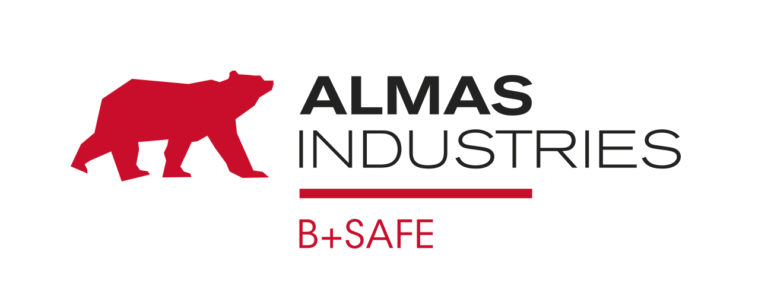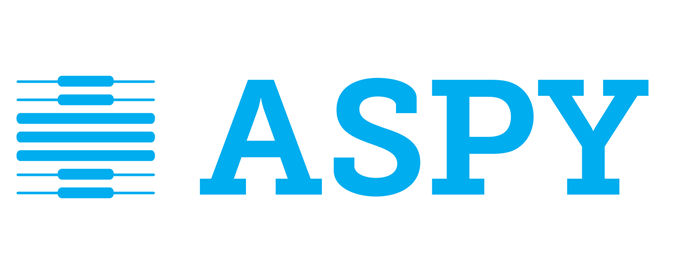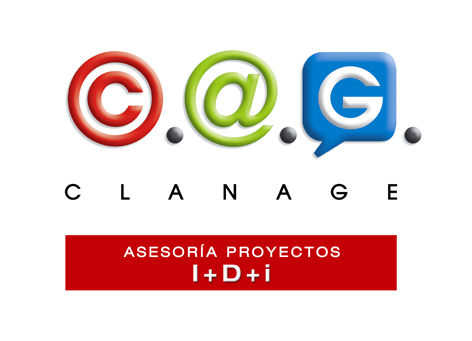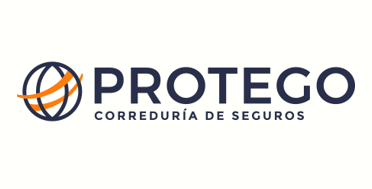There are indeed a number of ways through improved animal management to reduce emissions from livestock according to the FAO.
One simple way to reduce emissions – something that is often forgotten in public debates – is simply to limit and reduce food waste. According to the FAO, 40-50% of fruit and vegetables are wasted at source, while for meat/dairy the FAO estimates losses at 20%. Food waste accounts for 8% of global emissions. In industrialised countries more than 40% of all food losses happen at retail and consumer levels, so promoting less food waste can also contribute to further emission reductions.
The emissions intensity of methane and the potential to mitigate all associated emissions, varies greatly across regions and also between production systems. The FAO estimates that wide gap in emissions intensity for ruminant products is due to different agro-ecological conditions, farming practices and supply chain management. It is within this variability that many mitigation options can be found, and that with the right incentives, can be exploited to close the gap.
Within the farm, solutions also exist to reduce emissions and many measures have already been taken by farmers over the past two decades. A new report from FAO estimates that partially reducing the emission intensity gap within existing production systems through improved management could cut emissions by about 30%.
Amongst the opportunities identified to reduce emissions, further research is needed to fully measure impact on productivity and cost-efficiency. These opportunities can be classified into the following broad areas:
Feed and Nutrition: The animal feed sourcing and production stage represents the lion share of the emissions associated with pig, poultry and fish production. Significant work has been put into building the methodology (PEFCR Feed for Food-Producing Animals) and database (Global Feed LCA Institute) to allow feed manufacturers to take the reduction of the environmental footprint into account in the feed formulation process upon demand of downstream chain partners. Over the course of the years, innovation in animal nutrition science has delivered feed additives solutions such as amino acids, enzymes and probiotics which have enabled more efficient use of available feed materials, reducing impacts on GHG emissions, acidification and eutrophication. For example, phytase (the most widely used feed enzyme in the world) has allowed for an increased digestibility by animals of the available phosphorous in feed materials, leading to a reduced need for feed intake.
Animal Health and Husbandry: Increasing the biological efficiency of the ruminant by improving the reproduction rates and extending the reproductive life of the animal is key to reducing methane emissions, but this can be constrained by disease, and especially, production-limiting endemic disease. Production-limiting diseases have a number of negative outcomes, including: death or culling of previously healthy animals; reduced live-weight gain; reduced milk yield and quality; reduced fertility; abortion and/or increased waste in the system. So, reducing the incidence of endemic disease will generally result in healthier animals that are more productive.
Advanced monitoring techniques: Opportunities in technology and the Internet of Things, Big data, block chain, drones, and remote sensing for free ranging livestock may offer opportunities for entirely new ways of monitoring GHG emissions and removals at an unprecedented level of detail and perhaps with reduced uncertainty and increasing precision. Artificial intelligence and increasing computational power can allow future systems to process huge amounts of data and provide overviews, trend lines and breakdowns as needed. These developments may open up for animal-level monitoring and optimisation. Uptake will naturally require adequate funding and a clear benefit in terms of investment.












